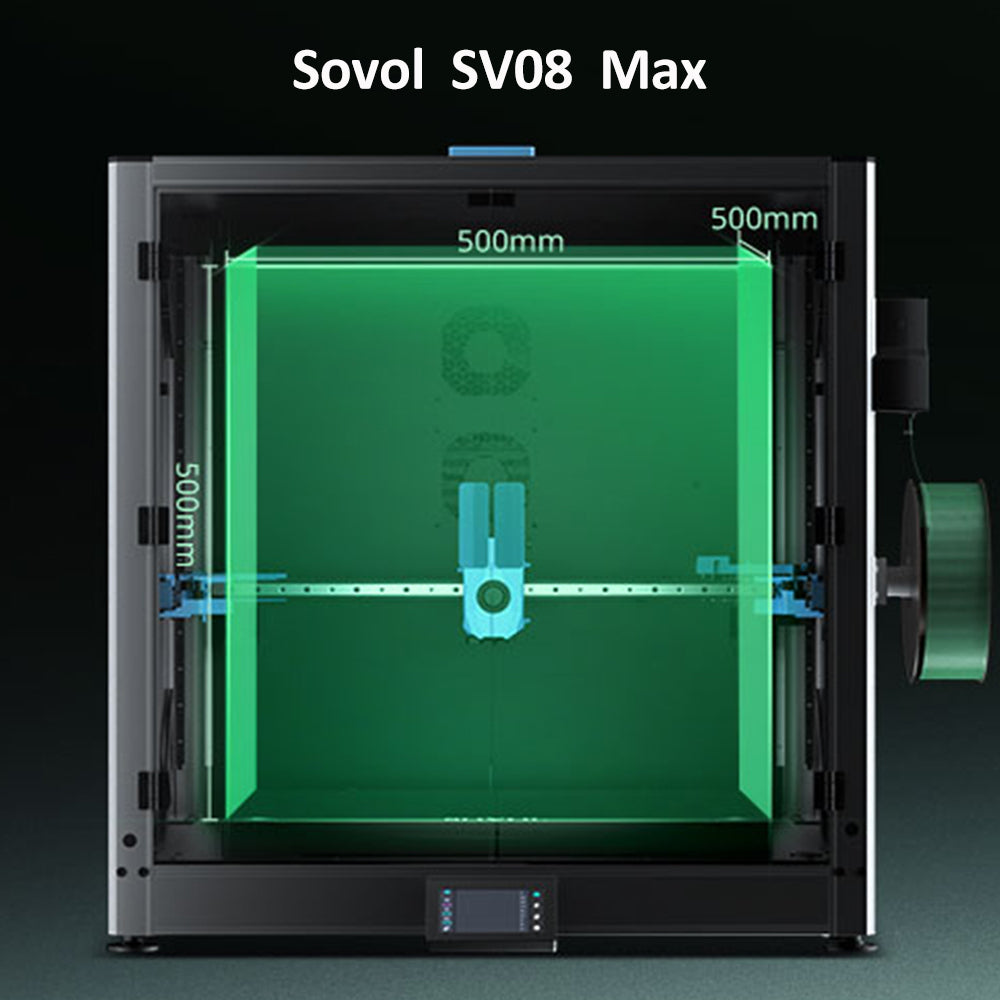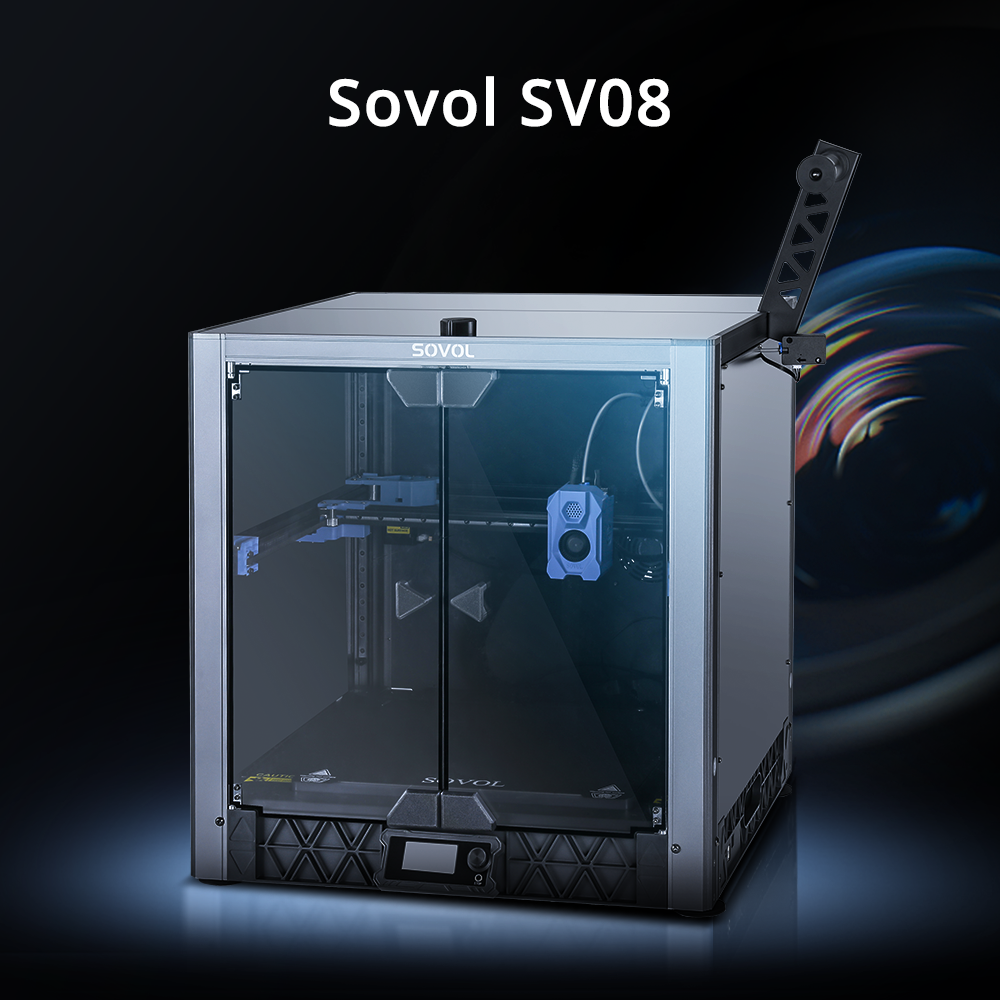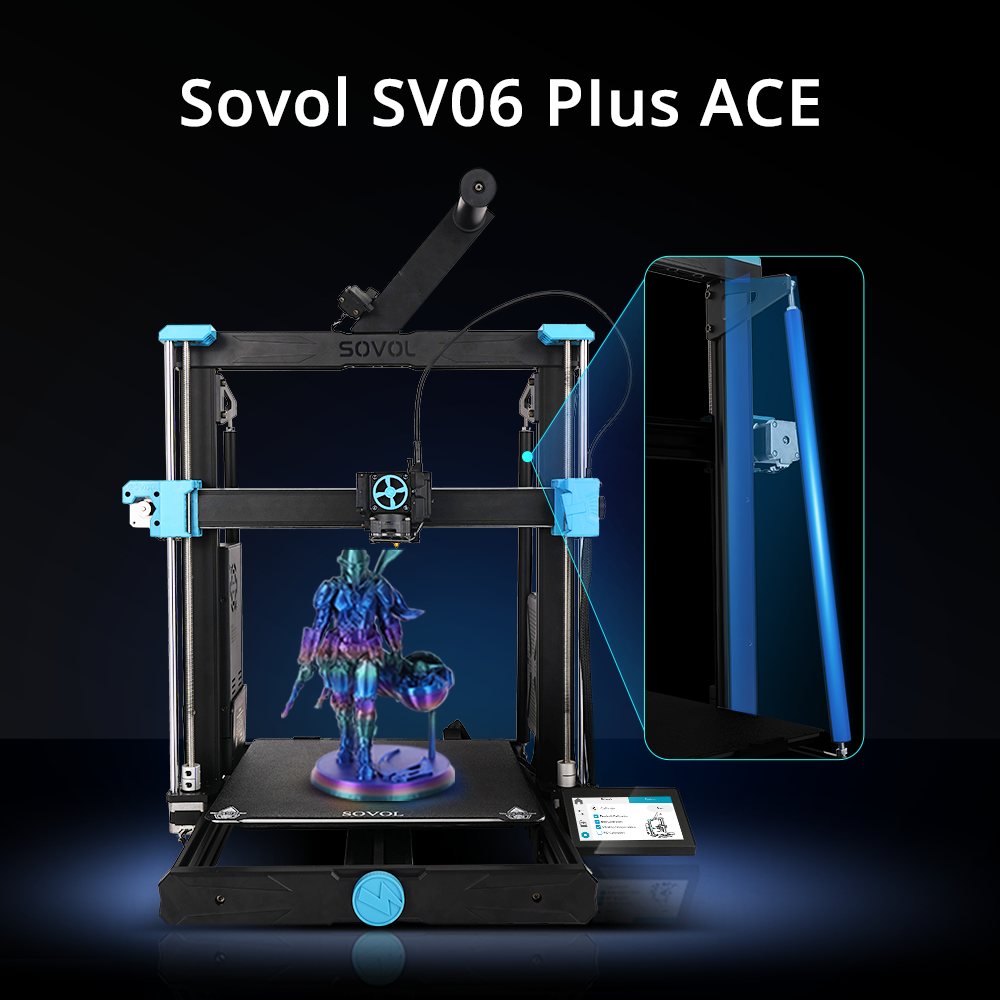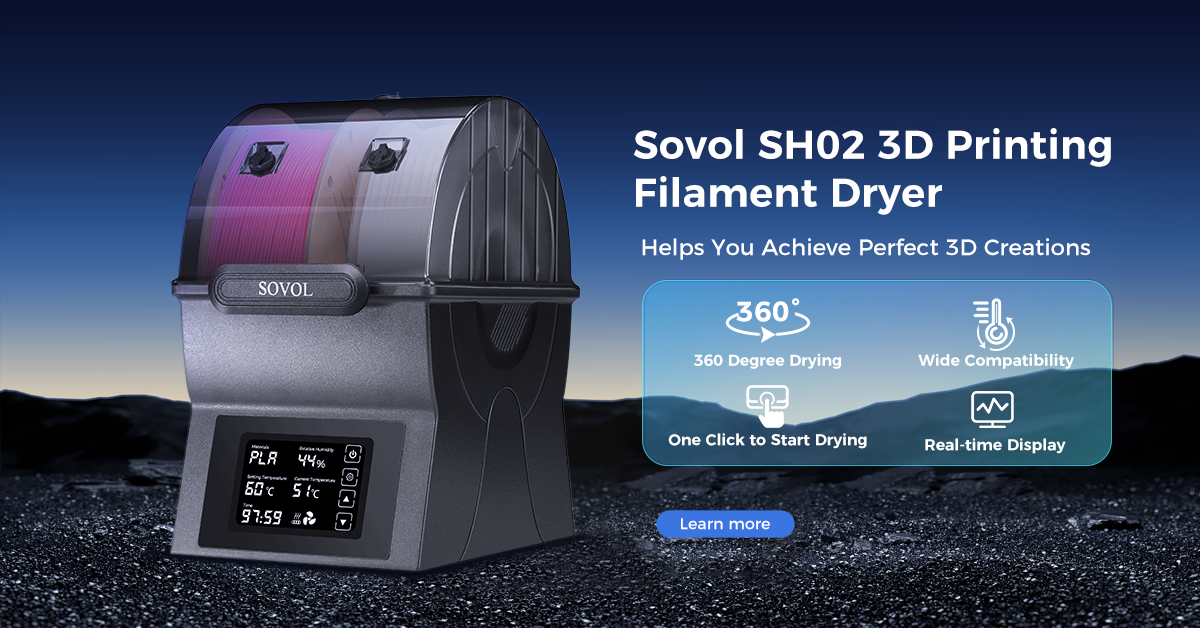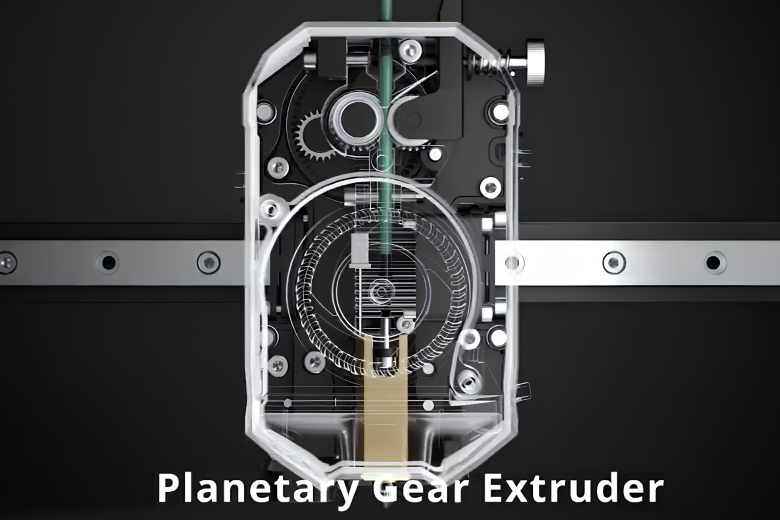If you want the best slicer for 3D printing, OrcaSlicer is simple to use. It has a modern style, smart tools, and sets up fast. PrusaSlicer has lots of help from users. Bambu Studio uses smart automation. UltiMaker Cura gives you many settings to change. Look at this table to see features people want in a good 3D printing slicer:
|
Feature |
Description |
|---|---|
|
Layer Thickness |
Thin layers make prints smoother |
|
Shell Count |
More shells make parts stronger |
|
Printing Speed |
Fast prints save time, but quality is important |
|
Support Structures |
Supports help with hard overhangs |
|
Infill Patterns |
Patterns change strength and weight |
|
Z-seam Management |
Makes prints look neat |
You might wonder:
- What is the best temperature for printing PLA?
- How do you set up supports for overhangs?
- How can you find out the cost of your print?
Key Takeaways
- OrcaSlicer is easy to use. It has smart tools to help you set up your printer. These tools make your prints look better.
- Pick slicers that work with your printer. Make sure they fit your project needs. This helps everything work together.
- Try out different slicers. This helps you find one that works best for you. It should match how you like to print.
- Think about things like layer thickness and shell count. Also look at support structures. These features make your prints stronger and look nicer.
Best Slicer Overview
Why OrcaSlicer Stands Out
When you want the best slicer, you want it to make 3D printing simple and better. OrcaSlicer does this well. The interface looks clean and modern. It is easy to use. You can find tools quickly. OrcaSlicer helps you set up your printer with smart calibration tools. These tools help you adjust settings for better prints. You can test temperature, flow rate, and pressure advance. This helps your prints look smooth and strong.
OrcaSlicer shows a detailed preview. After slicing your model, you can check each layer. You see how your print will look. This lets you find problems before printing. You save time and material by fixing mistakes early.
Here are some special features in OrcaSlicer:
|
Unique Feature |
Description |
|---|---|
|
Tools designed to ensure accurate prints by fine-tuning settings. |
|
|
Adaptive Slicing |
Automatically adjusts slicing parameters based on model complexity for optimized results. |
|
Efficient Multi-Material Management |
Streamlined handling of multi-color and multi-material prints, enhancing versatility. |
|
Community-Powered Development |
Regular updates and features driven by user feedback and contributions. |
|
Cross-Platform Support |
Compatibility with Windows, macOS, and Linux for flexible usage across different systems. |
|
Trusted by Makers & Pros |
Recognized for stability and control, minimizing waste and improving print quality. |
You get updates often. These updates add new features and fix bugs. They also make OrcaSlicer faster. Each update helps the software slice models better. It also adds support for new printers and materials. OrcaSlicer works on Windows, macOS, and Linux. You do not need to worry about your computer type.
OrcaSlicer is the best overall slicer because it is powerful and easy to use. You get advanced features but do not feel lost. The calibration menu, previews, and smart material tools help you get great results. If you want the best 3d printing slicer for quality and workflow, OrcaSlicer is a top pick.
Tip: If you are new to 3D printing, OrcaSlicer may seem hard at first. Take your time with the calibration tools. They will help you get better prints as you learn.
Other Top 3D Slicers
You have more choices if you want to try other best 3d slicers. Each one has its own good points. Here are some popular options in 2024:
- Cura by Ultimaker: Free and simple to use. It has advanced features like variable line width and a nice preview. Many people like Cura because it works with many printers.
- Simplify3D: This is paid software. It is fast and lets you put supports where you want. Many professionals use it for custom prints.
- PrusaSlicer: You get many ways to customize. It supports many materials and has a mesh repair tool. PrusaSlicer is made by experts and is great for users who want more control.
- Bambu Studio: This slicer uses smart automation. It is good for people who want quick setup and easy printing.
Let’s compare some of these slicers:
|
Slicer |
Strengths |
Weaknesses |
|---|---|---|
|
Cura |
Easy to use, wide range of features, works with many printers, free |
Fewer customization options than PrusaSlicer, some features not for all printers |
|
PrusaSlicer |
More customization, supports many materials, mesh repair tool, expert-made |
Harder to use than Cura, some features not for all printers |
If you are just starting, PrusaSlicer is easy to use. It has beginner and expert modes. Cura is also strong, but its many settings can be confusing. OrcaSlicer looks clean, but you may need time to learn all the features. Bambu Studio is fast to set up and works well for simple prints.
You can find the best overall slicer by thinking about what you need. If you want easy prints, Cura is a good choice. If you want more control, try PrusaSlicer. For the best 3d printing slicer with advanced tools and great print quality, OrcaSlicer is the leader.
Key Features of the Best 3D Printing Slicer
User Interface
When you use slicer software, it should be easy to use. OrcaSlicer looks modern and has clear menus. You see helpful presets when you start. These help new users get going fast. The options are simple, so you do not get confused. PrusaSlicer is also easy to use. You can pick simple or advanced modes. Bambu Studio and Cura look clean too. But OrcaSlicer is special because of its smart design and updates. Both beginners and experts get a smooth experience.
- Easy menus help you find settings fast.
- Presets help new users set up quickly.
- Advanced tools give more control when needed.
Customization Options
You want your slicer to let you change settings for better prints. OrcaSlicer gives you lots of choices. You can use more than one slicing plate. You can change seam gaps and wall thickness. PrusaSlicer lets you change many things too. But OrcaSlicer has even more advanced options. Bambu Studio is good for fast prints, but has fewer custom settings. Cura is flexible, but not as deep as OrcaSlicer.
|
Feature |
OrcaSlicer |
PrusaSlicer |
Bambu Studio |
Cura |
|---|---|---|---|---|
|
Printer Profiles |
Made for Prusa printers |
Not as flexible |
N/A |
|
|
Multiple Slicing Plates |
Yes |
No |
No |
N/A |
|
Seam Gap |
Yes |
N/A |
N/A |
N/A |
|
Wipe on Loop |
Yes |
N/A |
N/A |
N/A |
|
Advanced Acceleration |
Yes |
N/A |
Not as advanced |
N/A |
|
Verbose G-code |
Yes |
N/A |
N/A |
N/A |
Print Quality
You want your prints to look nice and strong. OrcaSlicer helps you get smooth and detailed prints. It does well in tests for accuracy. For example, OrcaSlicer scored high on the XYZ Cube test. It also showed great detail on hard models. Bambu Studio also gives good results, especially for tricky shapes. PrusaSlicer is good for precision. But OrcaSlicer makes it easier to get top quality.
Speed and Performance
No one likes waiting a long time for slicing. OrcaSlicer is fast and works with speedy printers. PrusaSlicer is slower with hard models, but gives you more control. Cura is in the middle for speed and options. But it can slow down with big projects. OrcaSlicer is best for speed and does not crash with large files.
|
Slicer |
Speed Performance |
Overall Performance |
|---|---|---|
|
OrcaSlicer |
Made for fast printing, quicker than Cura |
Best for speed |
|
PrusaSlicer |
Slower with hard models, but very precise |
Best for precision |
|
Cura |
Mixes speed and custom settings |
Good for most uses |
Printer Compatibility
You want slicer software that works with your printer. OrcaSlicer supports many brands and models. It has 136 ready printer profiles, so setup is easy. PrusaSlicer works best with Prusa printers, but supports others too. Bambu Studio is not as flexible. Cura works with most printers, but you may need to set it up yourself. OrcaSlicer helps you match your printer, which makes things easier.
Tip: Try different slicers to see which one works best for your printer and projects. You might find new features that help you.
Best 3D Slicers Compared
OrcaSlicer vs PrusaSlicer
When you look at OrcaSlicer and PrusaSlicer, you see some big changes. OrcaSlicer lets you change acceleration settings for more control. It uses your computer’s CPU and GPU to slice models fast. If you print hard shapes, OrcaSlicer works quickly and does not slow down. PrusaSlicer is known for being stable. It has organic supports and text embossing tools for post-processing. If you use big print files, PrusaSlicer handles them well and makes detailed G-code. OrcaSlicer is great if you want speed and smart calibration. PrusaSlicer is better if you want more post-processing features.
OrcaSlicer vs Bambu Studio
OrcaSlicer and Bambu Studio both do well with multi-material prints. They work in different ways. OrcaSlicer lets you pick which filament goes where. You can set up support materials too. Bambu Studio is easier if you use its AMS system. It switches materials for you and tells you how much filament you need. If you want to print in many colors or materials with little setup, Bambu Studio is a good choice. If you want to control every part of your print, OrcaSlicer is best. For resin printing, you should look at other slicers. Both focus more on FDM.
OrcaSlicer vs UltiMaker Cura
UltiMaker Cura works with many 3D printers. You can make your own printer profiles if needed. Cura has a simple look, so you can start fast. It saves material with smart infill and support settings. If you care about cost and the environment, Cura is a good pick. Cura gives you lots of settings for print quality, like cooling and travel speed. You get over 20 travel settings to change. OrcaSlicer is made for fast slicing and easy calibration. If you want a slicer for many printers, Cura is strong. If you want a modern look and fast results, OrcaSlicer is a good choice.
SuperSlicer and Other Alternatives
SuperSlicer is another slicer you can try. It is based on PrusaSlicer but has more features for advanced users. You can change almost every setting. Some people use SuperSlicer for resin printing because it gives more control over supports and exposure. Other slicers like Lychee Slicer and Chitubox are popular for resin printing. If you print with resin, pick a slicer that works with your printer and gives good control over supports and layers.
Tip: Try different slicers with your printer and material. You might find one that works better for you, especially if you switch between FDM and resin printing.
Slicer for 3D Printing: User Recommendations
For Beginners
Starting 3D printing can feel hard at first. Picking the right slicer for 3d printing makes it easier. Many new users like software that is simple and quick to use. You want a slicer that works with many printers. Too many settings can be confusing for beginners. Here are some top slicers people like:
- Ultimaker Cura: People give it 4.7 out of 5. It is easy to use and fast to set up. It works with lots of printers.
- PrusaSlicer: Users like its simple look and strong help from the community. You can find help online if you need it.
Tip: Try Cura or PrusaSlicer first. There are many guides and videos to help you learn.
For Intermediate Users
If you have some practice, you may want a slicer for 3d printing with more features. These slicers balance easy use and advanced tools:
|
Slicer |
Ease of Use |
Advanced Features |
Learning Curve |
|---|---|---|---|
|
PrusaSlicer |
Friendly look, basic and expert modes |
Complex tools for skilled users |
Low |
|
OrcaSlicer |
Clean menus, easy to move around |
Many tools for professionals |
Steeper |
|
Cura |
Can be too much for new users |
High |
You can start with simple settings. As you learn, you can try expert tools.
For Advanced Users
Advanced users want a 3d printer slicer with full control. They look for special tools for big projects or team work. Here are some things you may want:
- Work together online
- Use many printers and materials
- Change lots of settings
- Automatic slicing
- Keep your files safe and track changes
- Set the right temperature and cooling for each material.
- Good slicers have ready profiles for different filaments.
- You can adjust settings for the best prints.
For Different Printer Types
Not every slicer is best for every printer. You should pick a slicer for 3d printing that matches your printer.
- For FDM printers, Ultimaker Cura and PrusaSlicer are great picks. They are free, easy to use, and work with many brands.
- For resin printers, Chitubox and Lychee Slicer are top choices. They help you add supports and hollow models for better prints.
- Note: Always check if your slicer works with your printer before starting a new project.
How to Choose the Best Slicer
Assessing Your Needs
Before you pick a slicer, think about what you want to do with your 3D printer. Are you making lots of parts, or just a few special models? Do you care more about speed or perfect details? Your project goals will help you decide. Here’s a quick table to help you match your needs with important criteria:
|
Criteria |
Description |
|---|---|
|
Productivity |
Find a balance between print quality and speed, especially if you plan to make many parts. |
|
Design for Additive Manufacturing (DfAM) |
Look for slicers that help you save time and material on complex shapes. |
|
Material Properties |
Make sure your slicer supports the materials you want to use, like PLA, ABS, or flexible filaments. |
Tip: Write down your top three goals before you start testing slicers. This will help you stay focused.
Evaluating Features
Now, check what each slicer offers. You want to see if it matches your printer and skill level. Some slicers are simple, while others have more advanced tools. Here’s what you should look at:
- Adjust the layer height for detail or speed. Use 0.1 mm for fine details, or 0.2–0.3 mm for faster prints.
- Change wall or perimeter settings. More walls make your print stronger.
- Set infill density and pattern. Light models need less infill, but strong parts need more.
- Tweak print speed and temperature to fix stringing or improve quality.
- Fine-tune retraction settings to avoid blobs or strings.
- Use the layer-by-layer preview to spot problems before you print.
You should also check if the slicer works with your printer, fits your skill level, and has the features you need. Reading reviews can help you spot pros and cons.
Testing Multiple Slicers
Don’t be afraid to try more than one 3d slicer. Download a few and test them with a simple model. Change a few settings and see how easy it feels. Print a small object and compare the results. You might find that one slicer gives you better prints or saves you time. Keep notes on what you like and what feels confusing. Over time, you’ll find the slicer that fits your style and projects best.
You want a slicer that works well for your projects. OrcaSlicer is a top choice because it has smart tools and sets up fast. It also gives you high print quality. Many people like how modern it looks and how easy it is to use the calibration tools. Some people think profile management could be easier, especially when profiles go missing or come back. You should try OrcaSlicer and see how it compares to other slicers. You can share your ideas or questions below. Your feedback helps others pick the best 3d printing slicer for what they need.

